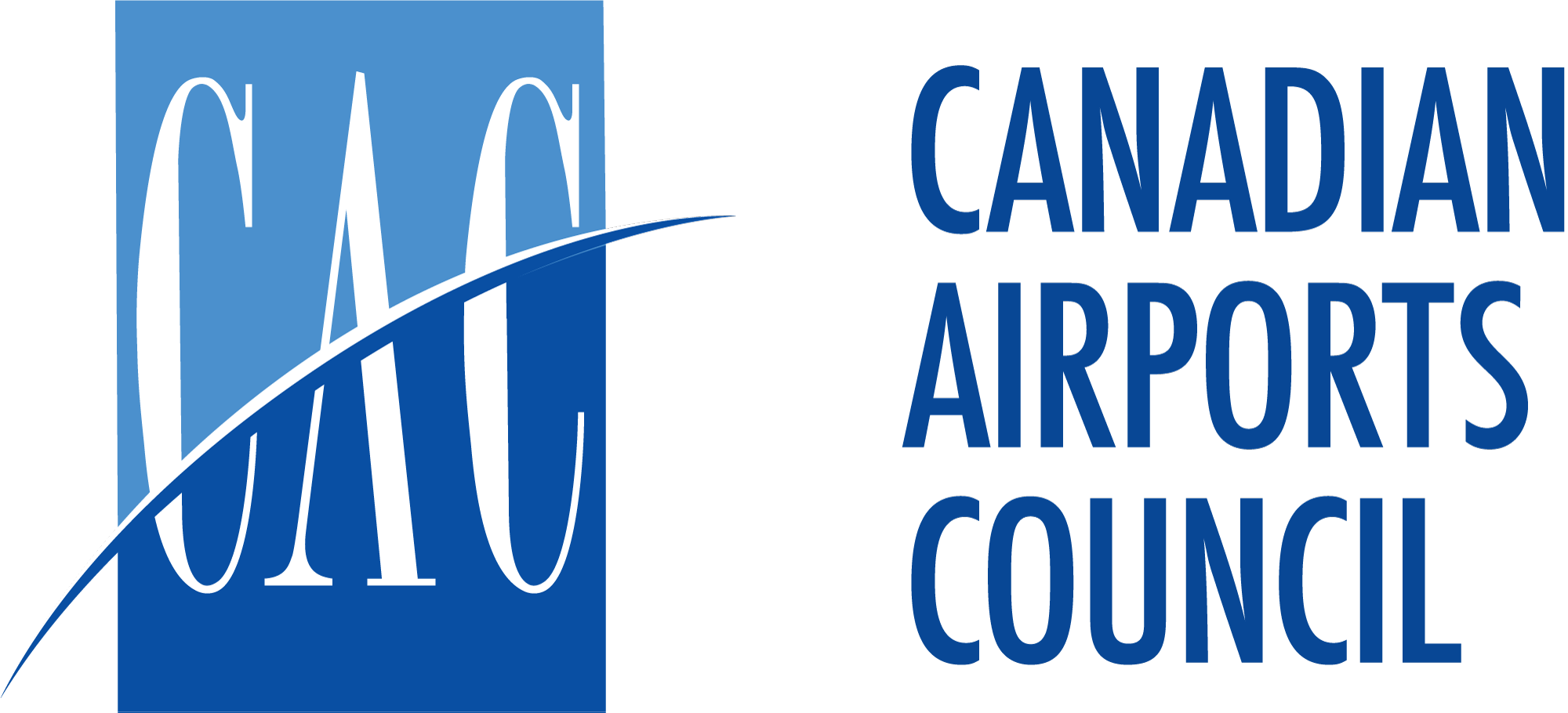Since 1992, Canada’s airports have reinvested over $27 billion into infrastructure and other improvements, including public transit, that enhance the traveller experience and support local economic growth. The Canadian Airport Council has developed a seven-point action plan for government that, if adopted, would substantially advance both the traveller experience and community benefits.

Canada’s airports believe that every Canadian deserves a comfortable, safe, respectful journey.
Canada’s airports have invested more than $25 billion into their infrastructure since 1992 to improve services to travellers and support traffic growth.

Transform CATSA to better serve travellers through international service standards and innovation.
- Reform the delivery and funding of all security screening functions through service level standards at Pre Board Screening with funding that matches screening resources to growing demand;
- Fund capital investments to improve the security, efficiency and experience at security screening, such as deployment of CATSA Plus.

Protect Canada’s borders and aviation system through innovations that reduce risk yet improve flow, such as facial recognition and digital ID.
- Increase funding CBSA to support growing air service demands as well as continued innovation through technology.

Increase funding for small airport infrastructure programs for safety and security.
The federal Airport Capital Assistance Program (ACAP) was created to fund critical safety related infrastructure and equipment at airports serving fewer than 525,000 passengers a year. But the current annual ACAP funding envelope of $38 million has not increased since 2000. Inflation has slowly eroded the effectiveness of the program.
- Increase annual funding and improve ACAP to make the program simpler and more predictable for airports.

Invest in strategic transportation projects that enhance airport connectivity to intermodal hubs and networks.
The National Trade Corridors Fund (NTCF) is designed to increase the flow of trade through our transportation system and borders. To support air travellers’ freedom to move, we must increase funding to the NTCF and other programs that expand transit options to airports, reduce bottlenecks and address regional airport safety infrastructure challenges.
- Invest in strategic transportation infrastructure projects that enhance airport connectivity.

Promote Canada’s airports as international travel hubs for visa-free transit.
- Expand and improve visa-free transit programs for low risk travellers to the U.S. and overseas.
- Provide funding for Immigration, Refugee and Citizenship Canada and CBSA technology requirements to operationalize visa-free transit at Canadian airports.
- Provide sufficient, sustainable funding to essential government services like security screening and border services to support growing demand.

Eliminate federal rent on small airports while capping and reinvesting any rent collected from larger airports to the benefit of travelers.
The federal government receives rent from 21 privately operated NAS airport authorities – $368 million last year and $5.6 billion paid since 1992. As a tax on gross revenue, rent is levied on income airports raise to pay for operations but also for infrastructure investments – essentially penalizing airports for self-funding their own growth.
13 NAS airports which have fewer than three million passengers and whose rent represents less than three percent of the total of $368 million have paid $11 million. The money is a relatively insignificant amount to the government, yet is a great loss to these airports’ budgets. If not remitted as rent, these revenues would have been re-invested into services and facilities for travellers and other airport users.
- Eliminate rent for all airports with fewer than three million passengers.
- For other airports, at a minimum, review the formula to stop penalizing growth and revenue diversification or cap it at current levels.

Remove barriers and disincentives that prevent Canada’s airports from providing travelers service routinely offered at airports internationally such as at Arrivals Duty Free.
- Allow travellers to purchase duty free goods upon arrival from an international flight would provide a service valued by travellers while allowing airports to grow and diversify their revenue generation.

